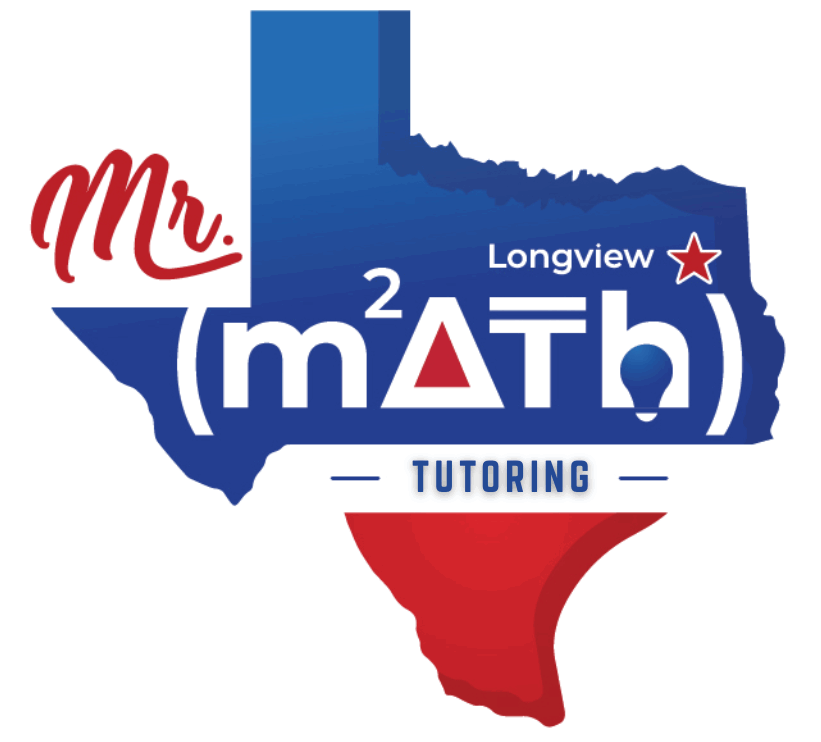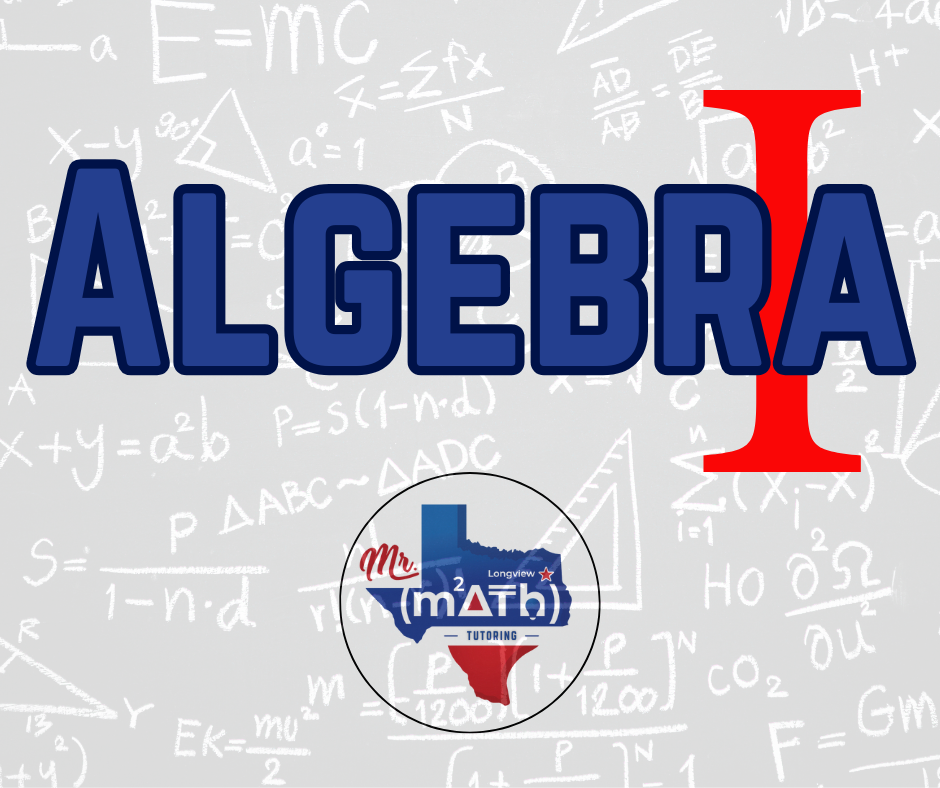Currently Empty: $0.00
About Course
Step into the world of integration by exploring how to “reverse” differentiation. In this focused mini-course, you’ll learn to recognize the patterns that produce familiar functions, apply the right rules to reconstruct antiderivatives, and wield substitution to tackle more complex expressions. You’ll also appreciate why every solution must include an arbitrary constant—understanding how that constant captures families of curves and encodes initial conditions. Through clear, real-world analogies and hands-on practice, you’ll build the toolkit you need for success on the AP Calculus AB exam and for any application that requires finding areas, solving differential equations, or modeling accumulation.
Course Content
1. Basic Antiderivative Rules
-
1.1 Recognizing Core Antiderivative Patterns
-
1.2 Applying Sum, Difference & Constant-Multiple Rules
-
1.3 Reconstructing Polynomials & Exponential Families





